I want to write about teaching the ABCs to a child with autism in this post because there’s a mom in one of the Facebook groups I belong to that is searching for these answers, and I know she’s not the only one. This doesn’t just apply to the ABCs, it can apply to most academic learning for young kids.
Worksheets aren't necessary
Worksheets are a way for a teacher to have many students working on the same thing at the same time. This isn’t necessary when you’re working one on one with a child. If you want a child to learn how to do a worksheet because that’s what’s expected at school, then that is a different skill to learn. If you want your child to learn certain concepts, there are better and more effective ways to teach these skills.
Sitting at a desk to learn is also not necessary, unless you’re specifically trying to teach a child to attend to an activity at a desk. And in that case, I would use a very high interest activity to do that, not something that’s hard like learning new academic skills.
How kids learn the ABCs
Before teaching a child to name letters, there are some skills they’ll need first. If you immediately start with naming letters, you might find yourself and your child getting very frustrated. Typically these are the order that kids will learn the ABCs
- Saying/singing the ABCs
- Matching letters
- Receptively identifying letters (pointing to letters when named)
- Expressively identifying letters (naming letters when asked what is that?)
Although I listed saying/singing the ABCs as the first step, that can be taught at the same time as the other skills. It gets a child familiar with the names of the letters without having to identify them. A child can still match letters without singing the ABCs, however it will be very difficult for a child to name a letter without being able to match them. Being able to recognize that letters have different shapes is part of what’s called visual discrimination.
Teaching academic skills outside of the box
Every child learns differently, they have different interests, strengths, and challenges. I would start with writing down the things your child loves to do, what he’s good at, and what things he struggles with. Next, I want you to think of things outside of the box of ways to teach using those strengths and interests. I’m going to give you some examples in the following sections.
- Brushing teeth
- Getting dressed
- Washing hands
- In the car
- Doing a puzzle
- Instead of reading the words in a book about ABCs, sing the song as you look at the pages
- Before bedtime
Tips and Activities for Matching
Tips
- A lot of the activity ideas I list here will also work for pointing to letters as well.
- Most kids learn upper-case letters first
- Starting with the letters in your child’s name is always a good place to start. Kids also tend to learn the letters X and O first, too.
- If your child has a difficult time matching letters when you have all 26 letters showing at the same time, just start with a few letters at a time. You may also want to only focus on one letter at a time and then move on when you feel like he has learned that letter well. Just remember to come back to that letter every once in a while so that he doesn’t forget.
- If your child gets distracted easily, use simple abc cards, don’t use flashcards with pictures.
- If your child has a hard time paying attention or staying on task, try to think of activities that involve movement
Activity Ideas
- ABC puzzles are always great. Here are some ways to do them differently. One thing to note with puzzles though is that oftentimes they are color coordinated, so for some kiddos that hyper focus on certain things, they may be actually matching colors rather than letters. Just something to be aware of.
- If your child is having a difficult time, put all the letters in the puzzle except 2 or 3, then have your child put in the last few pieces.
- Put the puzzle board on one side of the room (or yard) and the puzzle pieces on the opposite side of the room. If you have a scooter board that your child can lay on his stomach with, have him scoot across the room to get one puzzle piece and then back to put it in the puzzle. If you don’t have a scooter board, you can have him do different things like crawling, rolling, crab walk, run like a cheetah, hop, etc. This way he’s getting a lot of sensory motor while learning something academic.
- If you have a swing that your child can lay on his stomach, spread out a few puzzle pieces on the floor, and have him try to do the puzzle from the swing.
- If your child likes hide and seek, hide a letter and have him find it and then put it on the puzzle board
- Get two sets of letters (I usually just print some)
- Hang one set of letters on the walls in the room. If your child has a hard time when there’s too many letters to choose from, just put multiples of the same letters. With the set of letters you didn’t hang up, show your child one letter at a time and have him run around the room to find the matching letter.
- Hang up one set of letters throughout your house, or outside. Print a page that has all the letters on it. Go on a scavenger hunt. As you find a letter, have your child look at their paper and color or point to the matching letter.
- Sidewalk chalk
- Write letters on the sidewalk, or on a trampoline (I’ve recently found that my daughter loves this!). Show your child a letter, and have him jump to the matching letter.
- Write letters on the sidewalk. Give your child a spray bottle, and as you show him pictures of a letter, have him spray the matching letters.
Want More Ideas On How To Adapt Activities?
Fill in your name and e-mail, and I’ll send you the Autism Activity Guide as well as other tips and strategies for working with young kids on the spectrum.
You can unsubscribe anytime. For more details, review my Privacy Policy

Tips and Activities for Receptive Language
Tips
- In case you skipped the matching section, I’ll repeat what I said there. A lot of the matching activity ideas I listed will work for receptive language too. Instead of showing them the letter though, just ask them to find the letter.
- A child can show you that he knows something receptively when you say things like
- “where’s the”
- “show me the”
- “point to the”
- “find the”
- One way to do this without it turning into a quiz is to act dumb. Say things like “I can’t find the A! Oh no! I need help!” then if your child hands you the wrong letter, playfully say “that’s the B, I want the A.”

Activities
- If your child likes rocks, write letters on some rocks and spread them around the room or on the driveway. Name a letter and have your child bring that rock to you.
- Play a game with movement. You can use the Alphabet Marks The Spot Floor Mat, or make your own letters and put them around the room. Then when you say a letter, have your child stand on that letter. Or if your child is working on sounds, do that. You can adjust it to different levels.
- Play pretend using animals and then have letters like the letter eggs, letter magnets, Alphabet Soup, or letter puzzles and act like your animal is so hungry, but only wants to eat a certain letter. “I’m so hungry! I really want the letter Z. I can’t find the Z…”
- An activity that a lot of my students loved was playing fireman. I did it with numbers, but you can do it with letters too. I would do this outside or somewhere you don’t mind getting wet. Make little signs with a fire on it and a letter. Then act like the dispatcher and say things like “there’s a fire at building A, they need your help!” Then have the kids run to find the letter A and spray it down. If your kid likes pretend, this could be a fun one.
Tips and Activities for Expressive Language
Tips

- Expressive language is being able to say what something is, so this would be when they can answer things like “what letter is this?”
- If your child is getting confused, focus on one letter at a time.
- If kids feel like they’re just being quizzed, they’ll lose interest pretty fast.
- If your child knows a certain letter pretty well, you can give a letter the wrong name and see if he’ll correct you. Don’t do this if your child doesn’t know the letter though, it can make it pretty confusing.
Activities
- Play I Spy. Print letters that are different colors (or use flashcards), and hang them around. Say things like “I spy with my little eye, something green.” As your child guesses, have him point to and say what letter he’s guessing.
- Go on a treasure hunt. This is similar to the hide and seek idea in the matching activities. Hide a bunch of letters. Make a map and ask your child which one you should find first. As he points to the letter, ask him what letter that is, or if he says a letter have him also point to it. This will show you that he is correlating the two together. And then when he finds the letter ask what he found “Yay! What did you find?” I decided to make a map in case you don’t want to. Click on the picture to the right if you’re interested.
- Play a matching game, but have him tell you what to find. He’ll need to say something like find the L, and then ask him to show you the picture so you can find it.
- Shaving cream. Write letters in shaving cream and have your child tell you what letter it is.
- When doing a puzzle, hoard all the pieces and ask your child what letter he wants. Have him point to and name the letter he wants before you give it to him.
What are your ideas?
Although I said these ideas are for teaching a child with autism, they can definitely be used with all kids. Learning at these early ages should be full of fun! I hope that these ideas help, and I’d love to hear some of your ideas! Leave them in the comments below.
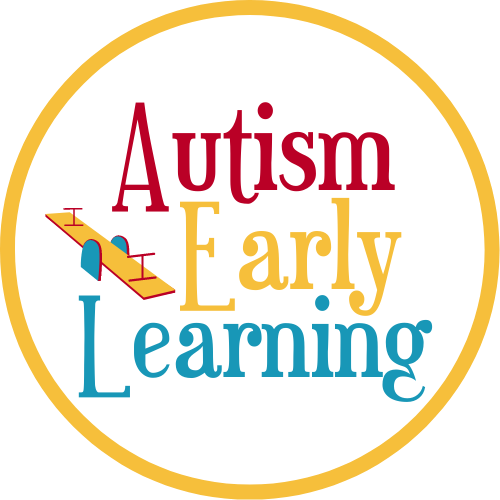


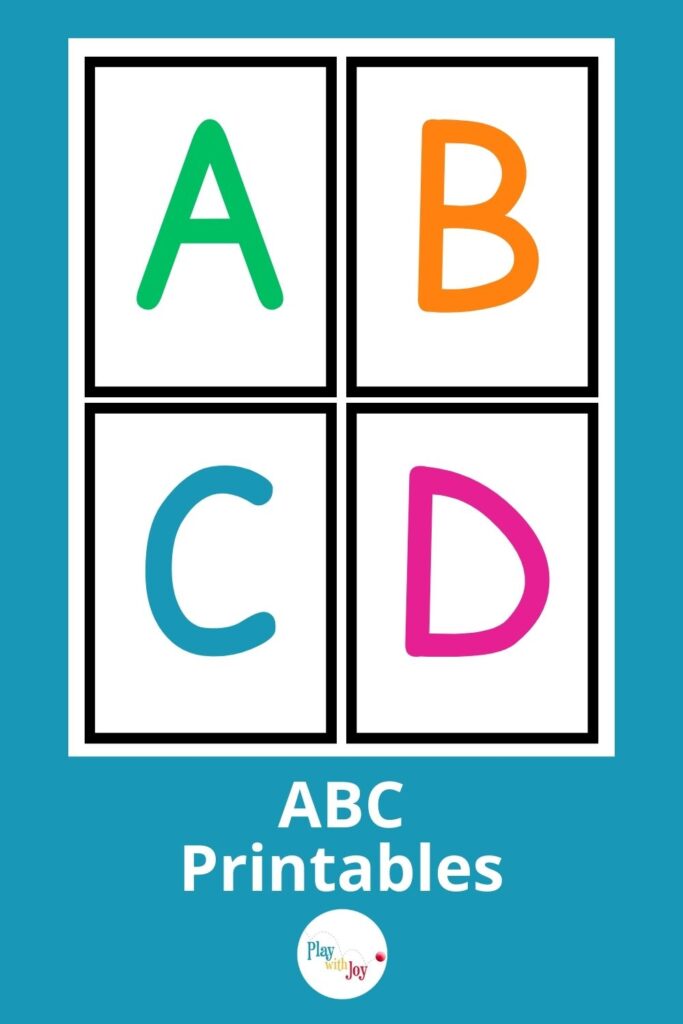

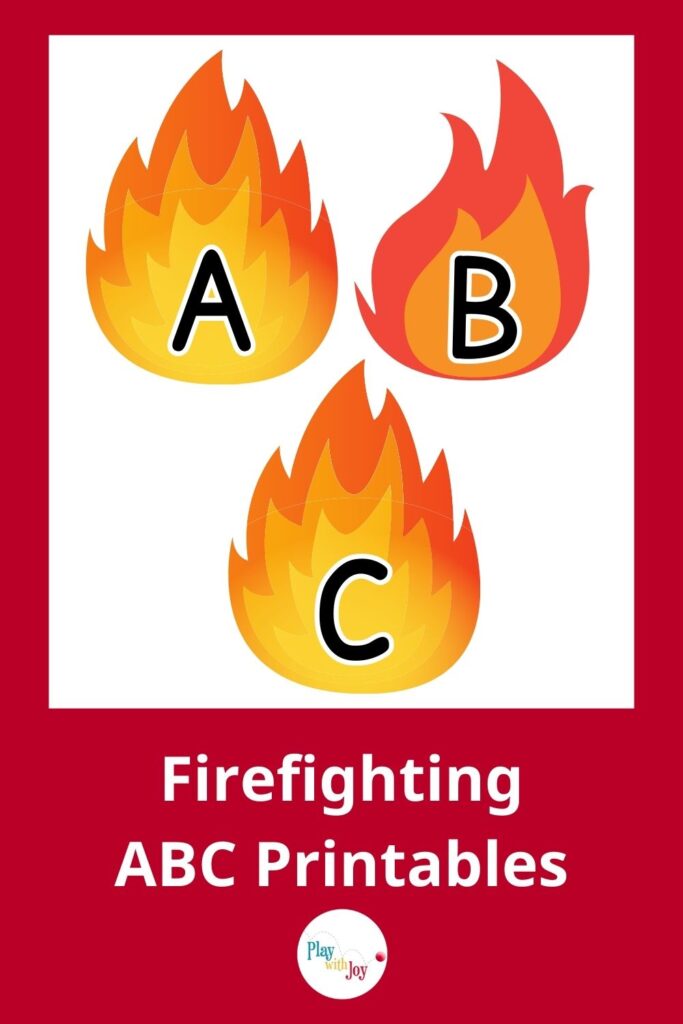
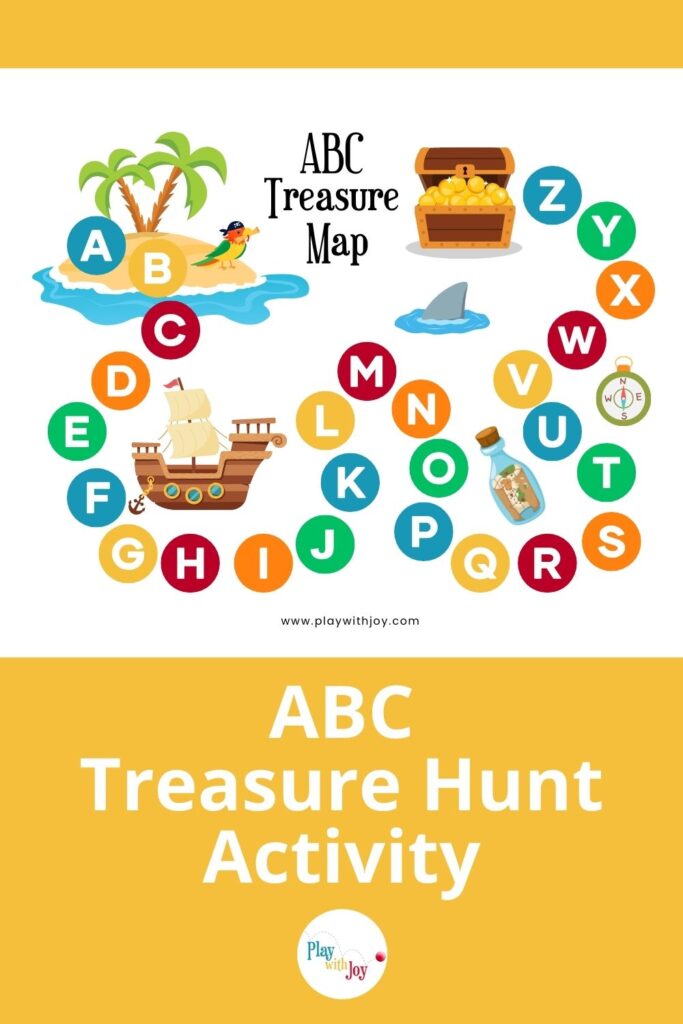
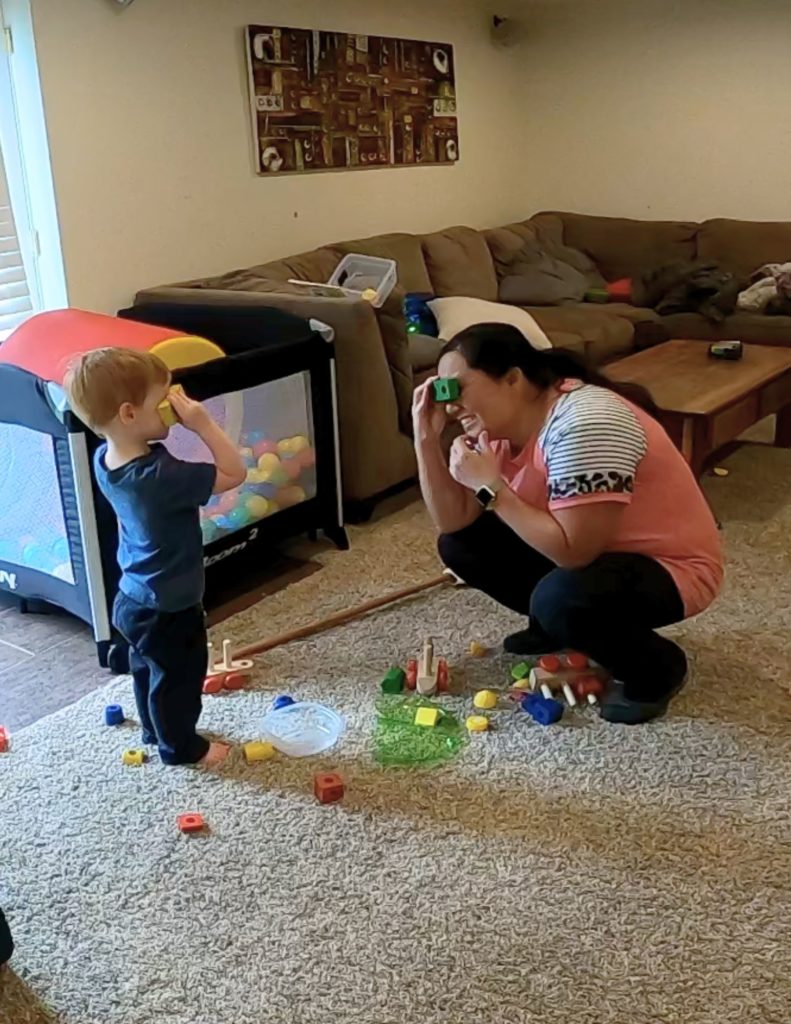
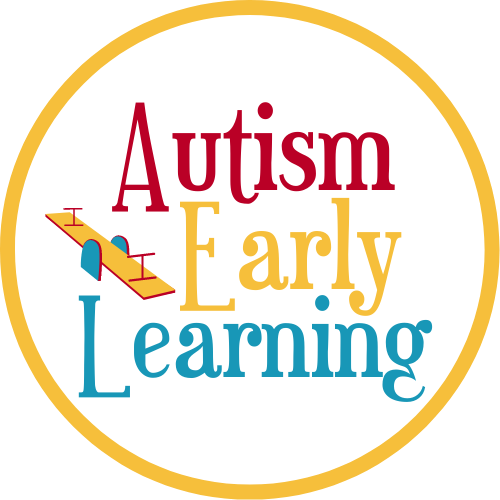

2 thoughts on “How To Teach A Child With Autism: THE ABCS”
I love these ideas! They will be very helpful. I use plastic eggs (like you find at Easter) with the uppercase letter on the “top” of the egg, and the lowercase letter on the bottom. The students have to “hunt” for the match! It is fun, engaging, and encourages conversation starters like “I found A does anyone have the a” or “I have the A, does anyone need it?” I love watching them run around and helping one another find their matches!
Hi Stephanie! That is so much fun, and I especially love how it facilitates conversations with the kids, that’s the best!